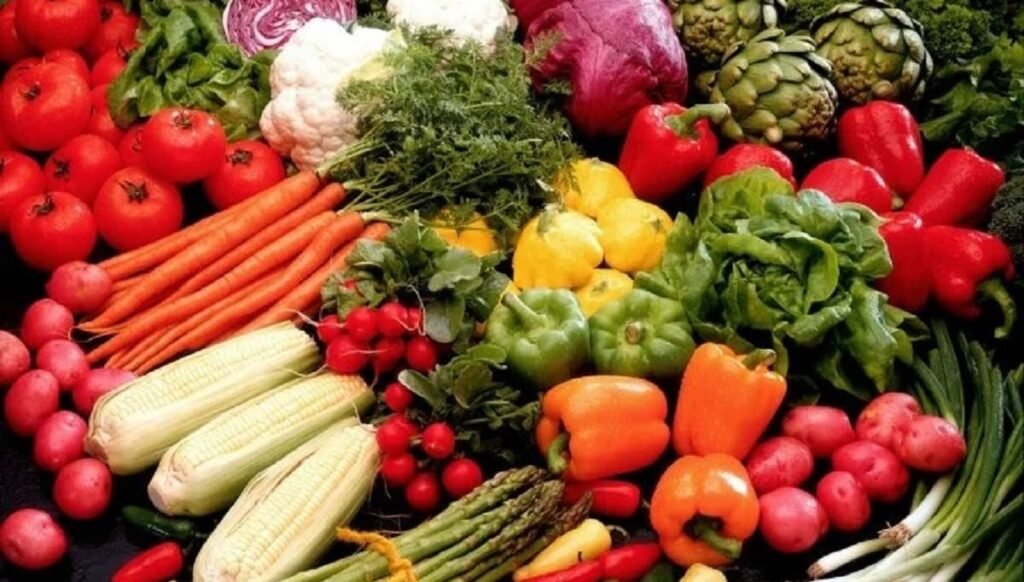
Over the past ten years, India’s horticulture industry has grown impressively thanks to the government’s strategy of diversifying into high-value agriculture in an effort to quadruple the nation’s farmer income. Horticulture production climbed from 280.70 million tonnes in 2013–14 to 367.72 million tonnes as of August 2025 for 2024–25 (second advanced projections). This includes 219.67 million tonnes of vegetables, 114.51 million tonnes of fruit, and 33.54 million tonnes of other horticultural commodities.
Fruit production rose by over 30% from 866 lakh metric tonnes in 2014–15 to 1,129.7 lakh metric tonnes in 2023–24. The production of vegetables also increased by 22% during the same time, from 1,694.7 lakh metric tonnes to 2,072 lakh metric tonnes. Additionally, productivity levels increased, with vegetables rising from 17.76 to 18.40 metric tons per hectare and fruits rising from 14.17 to 15.80 metric tons per hectare. The Mission for Integrated Development of Horticulture has been carried out by the government since 2014–2015.
Additionally, the Department of Agriculture and Farmers Welfare regularly monitors and assesses the program in various geographical areas. To address issues at the field level, the scheme has been reorganized with modifications and additional elements based on the input from these reviews. The goal of the Horticulture Cluster Development Program is to leverage the geographic advantages of horticulture clusters. In order to improve India’s standing in the international horticulture sector, a clean plant program has been started to supply premium, disease-free planting material.
